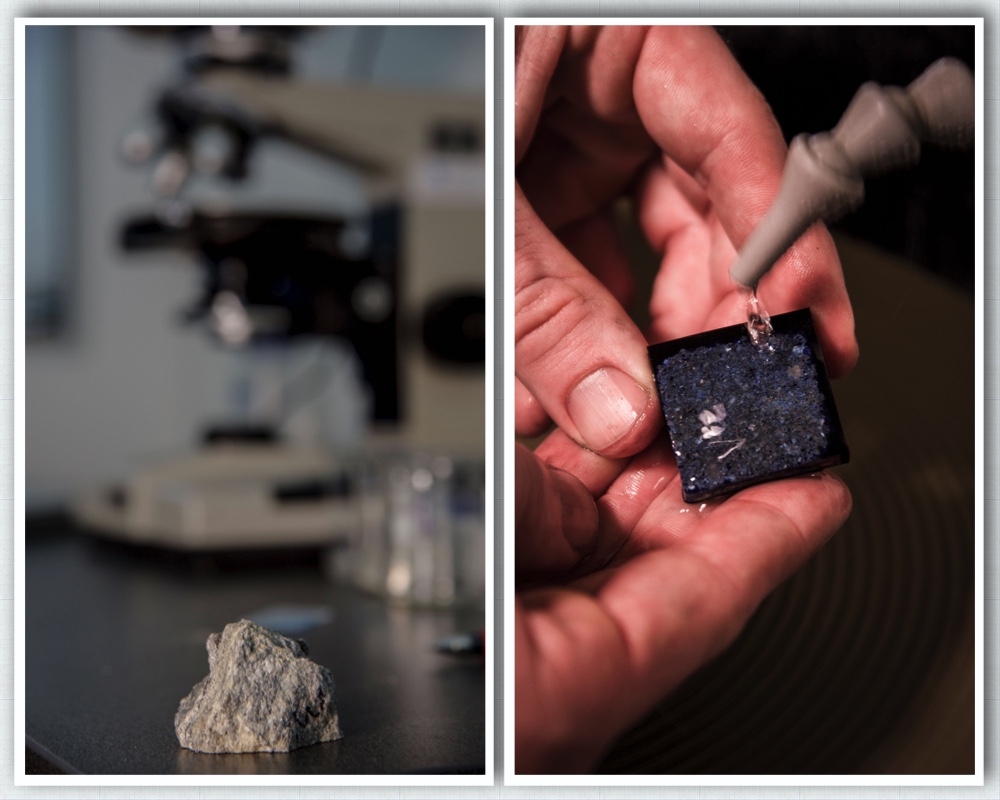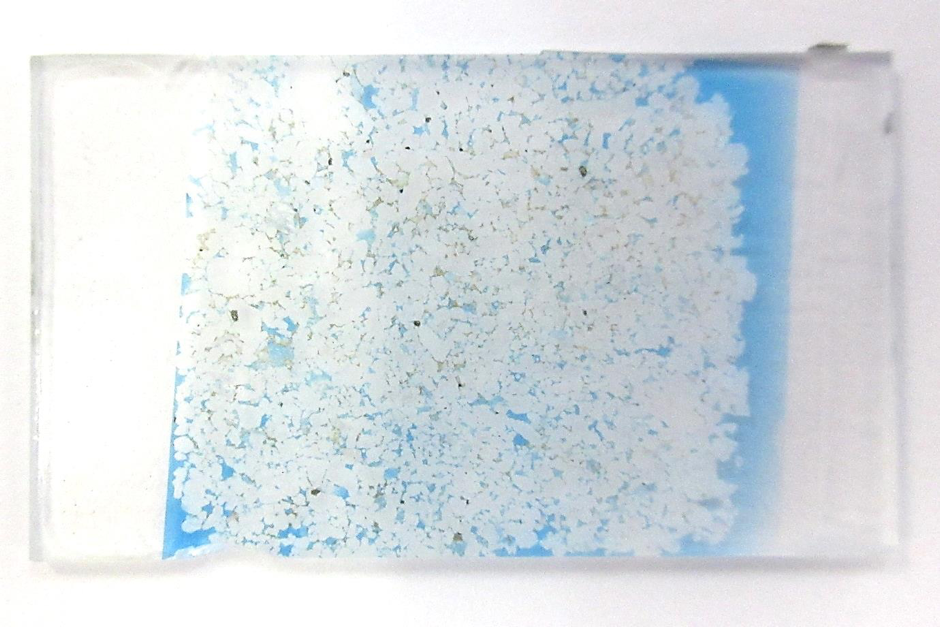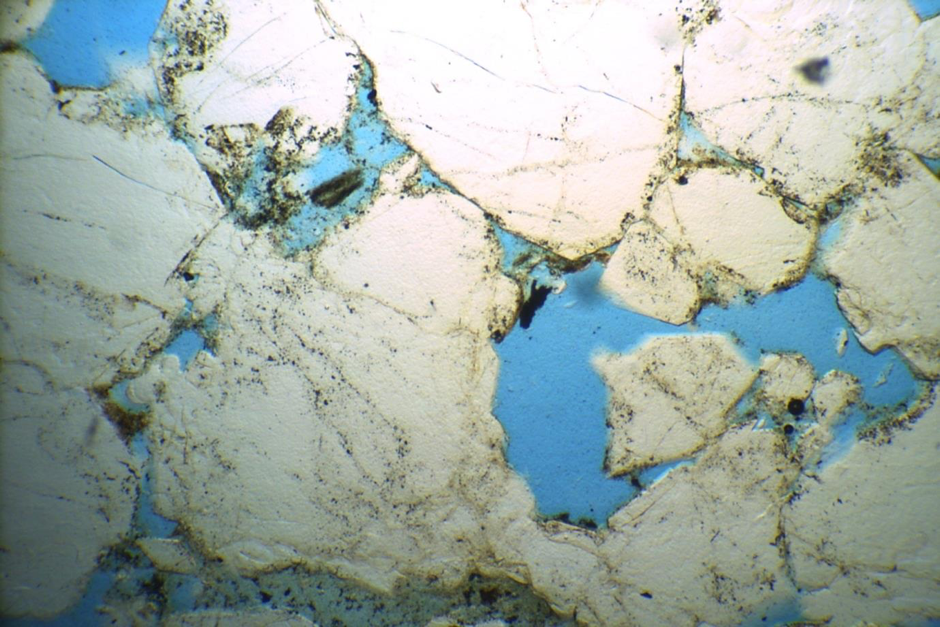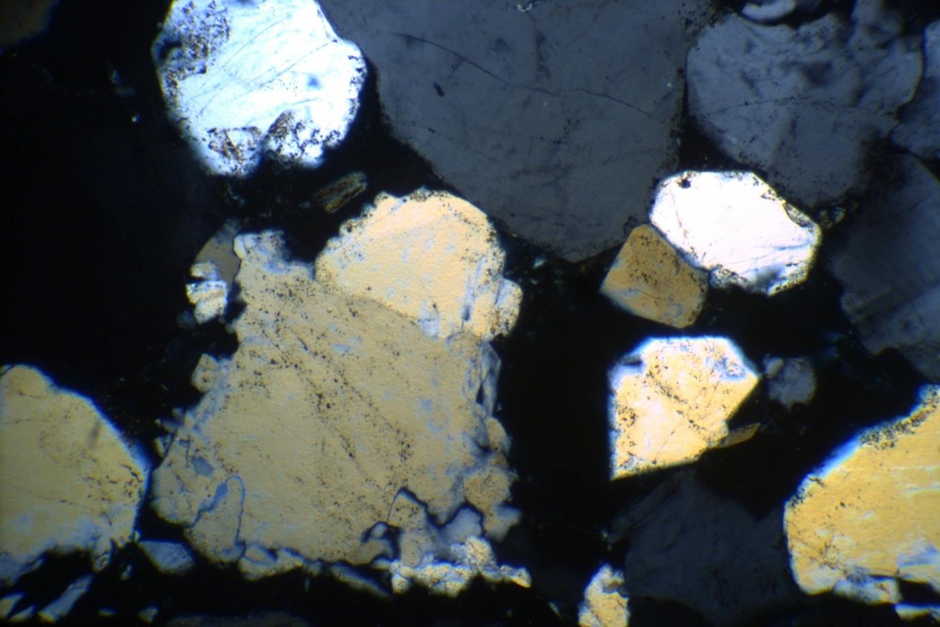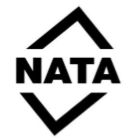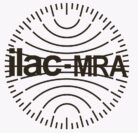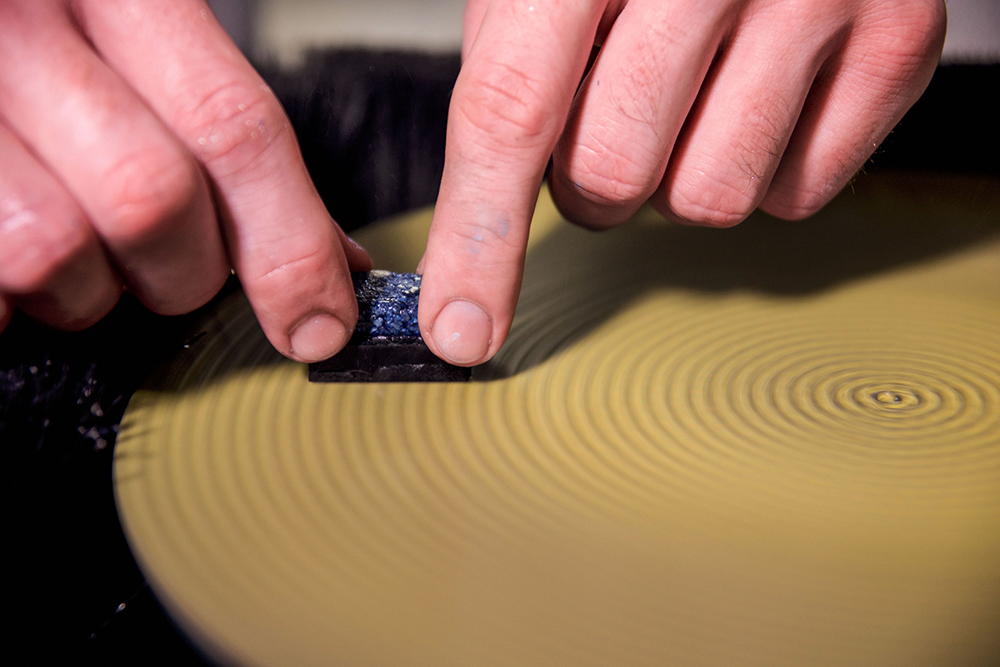
Thin sections are 30 µm (0.03 mm) thick slices of rock, minerals, concrete, mortar, or other materials that are mounted to a glass microscope slide with epoxy and topped with a glass coverslip. They are typically analysed by geologists and petrographers by using a petrographic microscope (sometimes referred to as a polarizing light microscope). Petrographic microscopes allow experienced analysts to investigate the sample in great detail to collect data regarding the sample mineralogy, overall texture, individual mineral texture, microstructures present, and much more. In the case of rocks and minerals, a geologic history can be interpreted by the data collected via petrographic examination. With regard to concrete, it allows for deformation mechanisms to be identified and for many other issues to be investigated.
How exactly are standard thin sections made? First, a sample is cut to fit on a standard petrographic microscope slide (typically 27 x 46 mm). Once cut, one side of sample is lapped (semi-polished) to create a flat, smooth surface. The flat smooth surface is then mounted to an etched microscope slide with epoxy. Once the epoxy has set, the sample is prepped with a thin sectioning system. These systems have two components: a saw blade and a grinding wheel. The glass slide with the mounted sample is held to a vacuum chuck by a vacuum pump. The chuck with the sample is safely guided into the saw blade, cutting it to a thickness of <1 mm. After cutting, the sample is moved to the grinding wheel side of the system. The sample is rocked back and forth along the grinding wheel, and a micrometre is used to measure how much of the sample has been ground away. When the thickness of the sample is near 30 µm, the sample is removed from the system and ground by hand to reach a final thickness of 30 µm (thinner than human hair). A coverslip is applied to the finished section with epoxy to fill in imperfections in the slide and to protect the sample from scratches and other damage.
With regard to a geologic investigation or a structural evaluation of concrete, the devil is in the details. Petrographic examination of thin sections pertaining to those investigations or evaluations allows for those details to be documented and evaluated in a way that no other technique can match.
For more information on how we can assist you with thin sectioning or petrographic examination, please contact our Specialist Geologist/Petrographer Dan Cukierski or Rick Hughes on +61 8 9225 5810.

